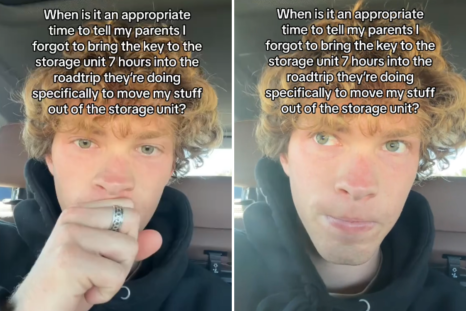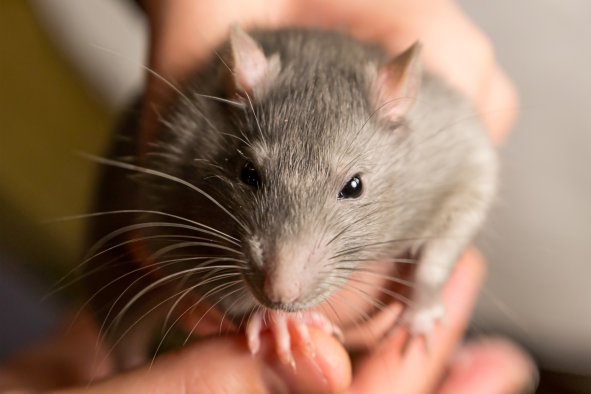Jack Forrest’s 1985 Volkswagen always manages to confuse the public. Some people believe it is an obscure form of Audi, despite the VW badges, while a few even believe it to be a Nissan. In fact, the Santana is a long-forgotten member of the Passat family – and there are believed to be only five of all types remaining on British roads.
The Santana debuted in 1981 and was essentially an elongated saloon version of the B2-series Passat. VW intended it to be sold in all its global markets and on 16 September that year The Telegraph reported “a deal with Nissan for the Japanese firm to build an annual 60,000 of the new big Volkswagen Santana saloons in Japan”. Two years later the Shanghai Tractor Automobile Corporation (STAC) assembled the first batch of Chinese-market Santanas.
British sales commenced in 1982, with the concessionaire deciding to import only the GX5 flagship. Autocar noted the Santana faced several challenges – it not only had the same 1,897cc five-cylinder engine as the Audi 80CD, but it was “within a few inches of having the same dimensions”. There was the further problem that the previous large VW saloon, the rear-engined Type 4 produced from 1968 to 1974, was not exactly a roaring success.
In 1982, the GX5 cost £7,974.58, compared with £7,600 for the Ford Granada 2.3L and £7,472 for the Vauxhall Carlton. The VW’s specification included power-assisted steering, central locking, alloy wheels, electric windows, front foglights, head restraints on all seats and a height-adjustable driver’s seat – such equipment demonstrated how the Santana was “a luxury car that can satisfy all the needs of today’s discerning buyers”.
One launch advertisement indulged in even more hyperbole, stating: “Never before has a manufacturer managed to combine so successfully the complete needs of the executive car buyer: the emotive desires of beauty, style, elegance and speed.” The Santana GX5 was clearly more of a way of life than a mere car.
The Daily Telegraph found the Santana’s looks “handsome but conventional” and the 1.9-litre engine “distinctly lively”. The claimed top speed was 114mph and Autocar regarded the Sanatana as “fast, economical and comfortable and it is sufficiently unlike any previous VW to attract a lot of people”. They also thought it might “be the natural bridge between Audi and VW”.
By 1984 the Santana gained a 2.0-litre engine with mechanical fuel injection, but sales remained slow. Volkswagen believed that brand loyalty in several of its markets meant its long-established customers would not contemplate buying an Audi. The importer hoped for annual UK sales of 4,000 Santanas but too many motorists associated the VW brand with solid, reliable everyday motoring rather than with prestige.
In 1985 Volkswagen rebadged the Santana as the Passat saloon for all European markets apart from Spain in 1985. B2 production in Europe ended in 1988 after 198,505 units, although the Chinese version continued until 2000. In the UK, the Santana was already a rare sight by the 1990s and Forrest only recently acquired his GX5.
“I bought it from another VW collector in Birmingham and then drove it back home to start on the restoration,” he said. “I have since then had it resprayed in the original colour and had everything that was needed for its previous MOTs. The engine has received a top end rebuild and a full vacuum of the fuel system. The Santana is nowhere near finished in my opinion but it now has a good chunk brought back to its original state.”
On the road, Forrest says of his Santana: “It is fantastic to drive, the suspension is currently a bit floaty, but it is super fun. It makes an incredible noise from its five-cylinder Audi engine and every time I drive the Santana it puts a huge smile on my face. Everyone I see asks what it is, or simply admires it.”
Best of all, who could resist a car with “factory rear cupholders”?
Disclaimer: The copyright of this article belongs to the original author. Reposting this article is solely for the purpose of information dissemination and does not constitute any investment advice. If there is any infringement, please contact us immediately. We will make corrections or deletions as necessary. Thank you.



